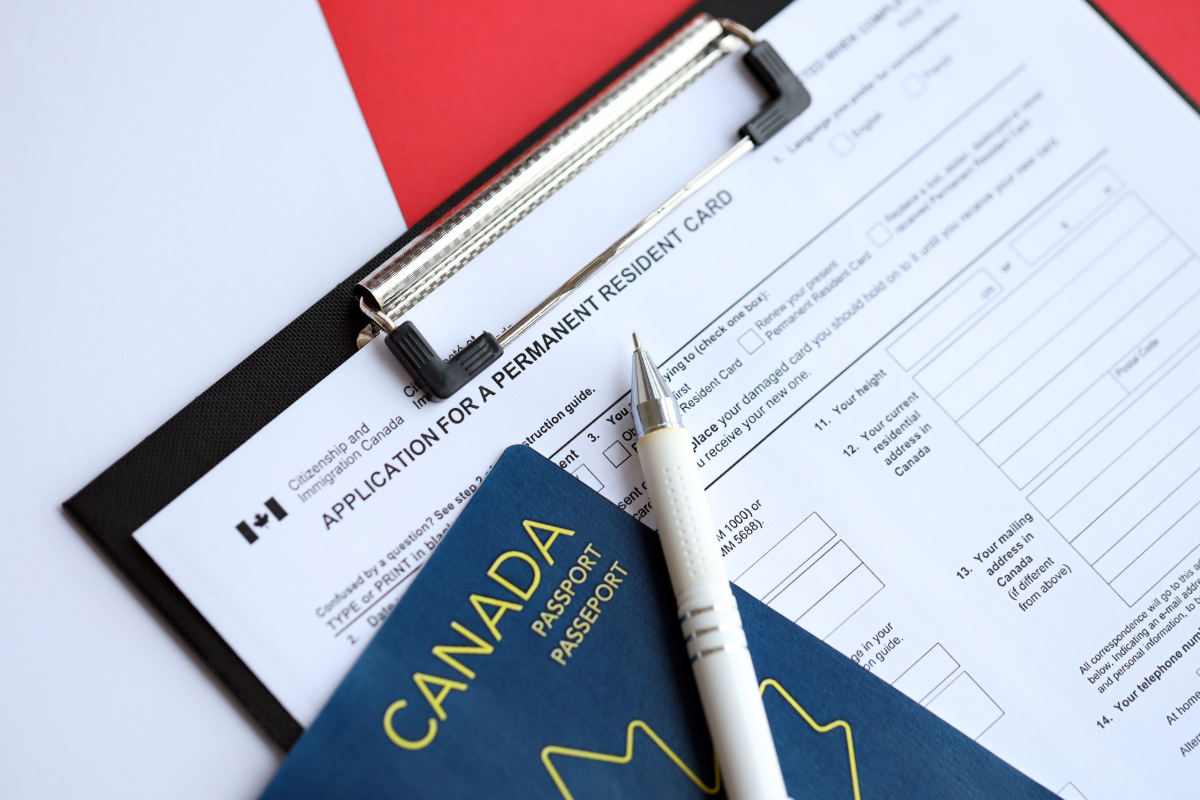Canada is known for its welcoming stance on immigrants and offers various pathways for individuals looking to settle permanently in the country. Understanding these options is crucial for temporary residents and prospective immigrants alike. This article will explore the most common pathways to permanent residency and what you need to know to navigate the application process successfully.
1. Canadian Experience Class (CEC)
The Canadian Experience Class is a popular immigration program for temporary foreign workers and international students. To qualify, applicants must have at least 12 months of skilled work experience in Canada within the last three years. This experience must fall under the National Occupational Classification (NOC) skill type 0, A, or B. Language proficiency in English or French is also required, and candidates must meet the minimum Canadian Language Benchmark (CLB) levels.
2. Provincial Nominee Program (PNP)
The Provincial Nominee Program allows Canadian provinces and territories to nominate individuals for permanent residency based on their skills and labor market needs. Each province has its own specific criteria and streams, such as skilled workers, international graduates, and business applicants. Being nominated by a province can significantly enhance your chances of obtaining permanent residency.
3. Family Sponsorship
If you have family members who are Canadian citizens or permanent residents, they can sponsor you for permanent residency. Eligible sponsors must demonstrate their ability to support you financially and commit to providing assistance for a specific period. This program aims to reunite families and strengthen bonds within Canadian communities.
4. Federal Skilled Worker Program (FSWP)
The Federal Skilled Worker Program is designed for individuals with foreign work experience who want to immigrate to Canada permanently. Candidates are assessed based on several factors, including age, education, work experience, language ability, and adaptability. A comprehensive ranking system is used to select applicants for invitations to apply for permanent residency.
Conclusion
Navigating the pathways to permanent residency in Canada can be complex, but understanding your options is the first step toward a successful application. Whether you are a temporary resident seeking to extend your stay or someone exploring opportunities to immigrate, consulting with an immigration lawyer can provide valuable guidance and ensure you meet all requirements. With the right support and preparation, you can take the next step toward building a new life in Canada.

